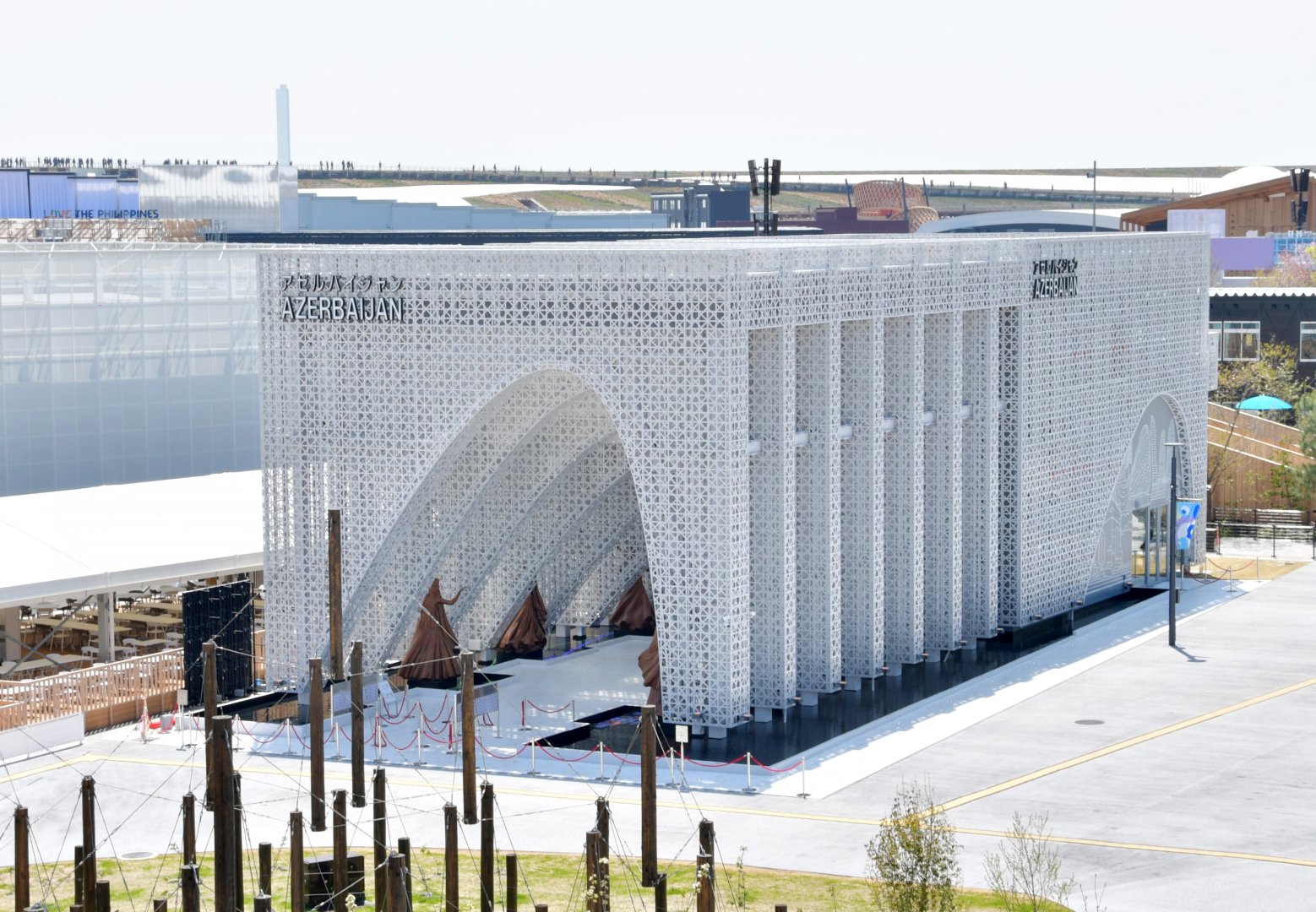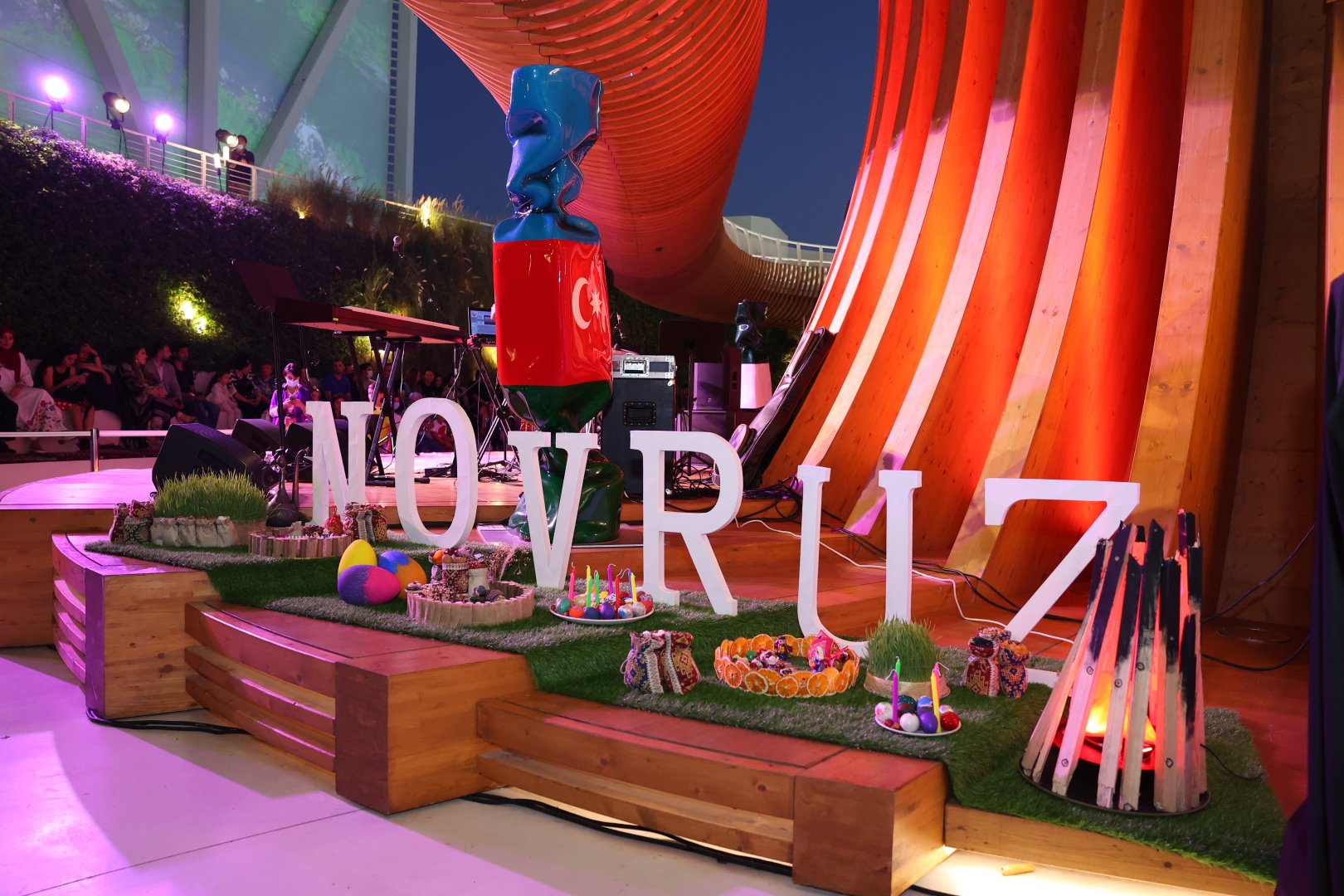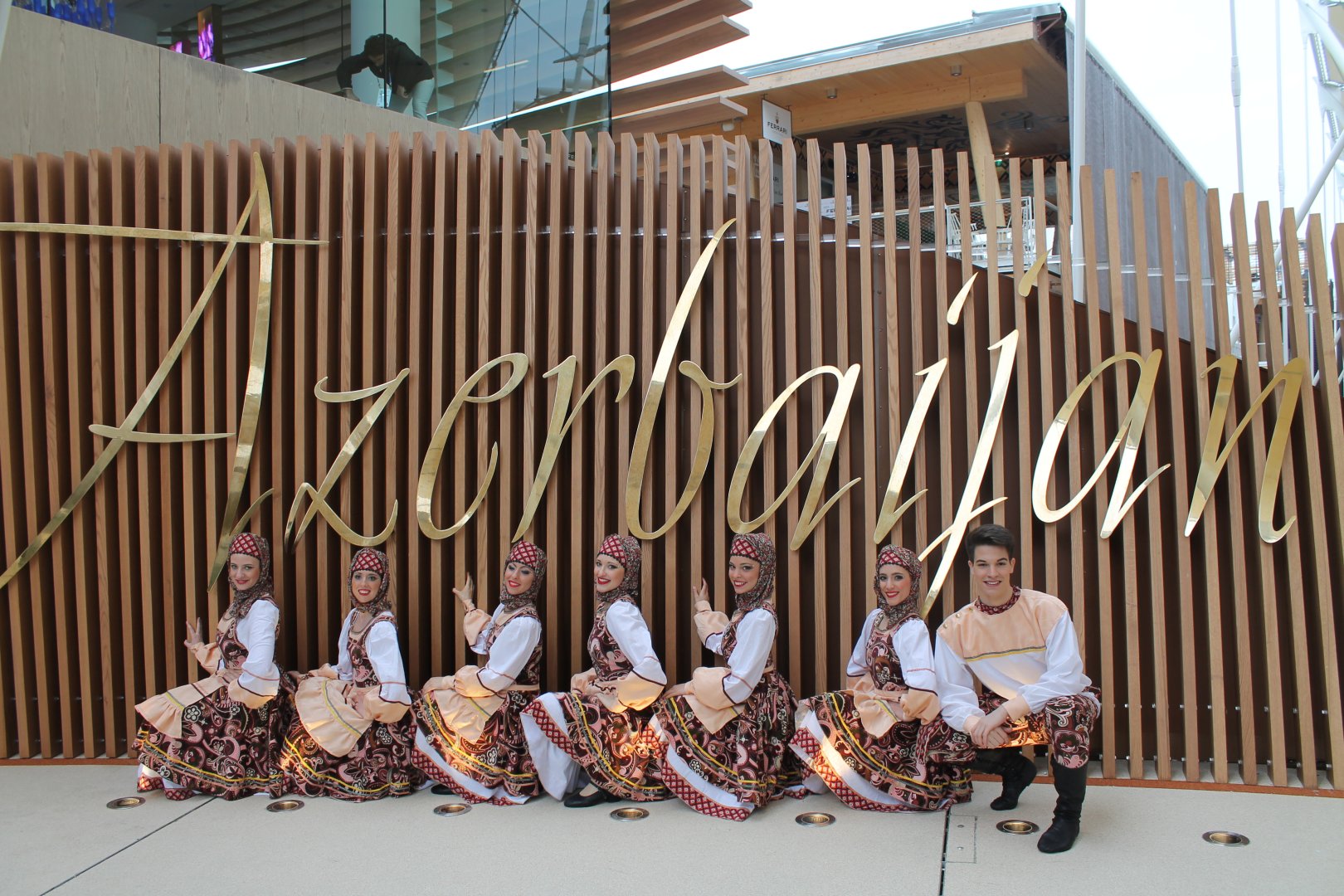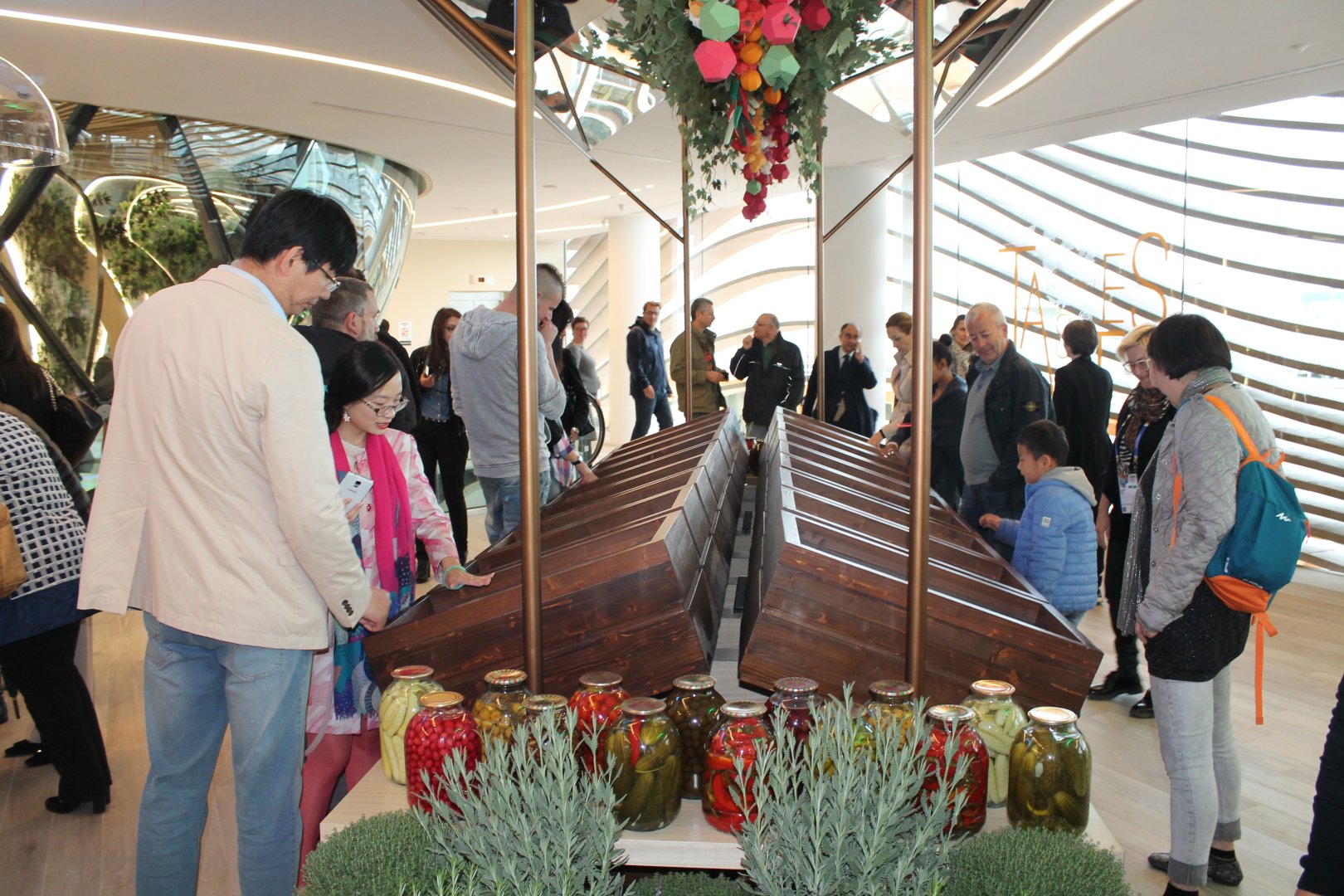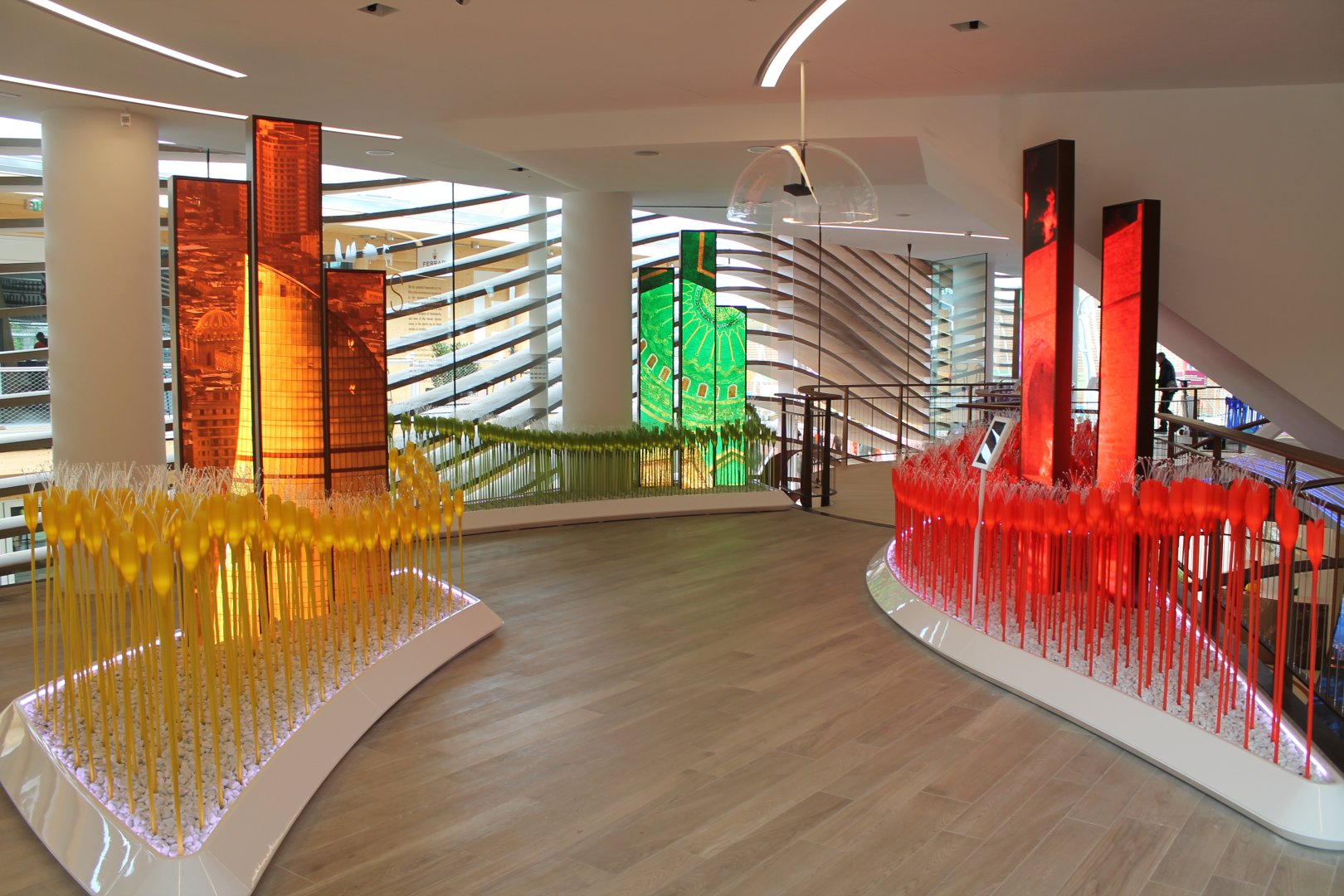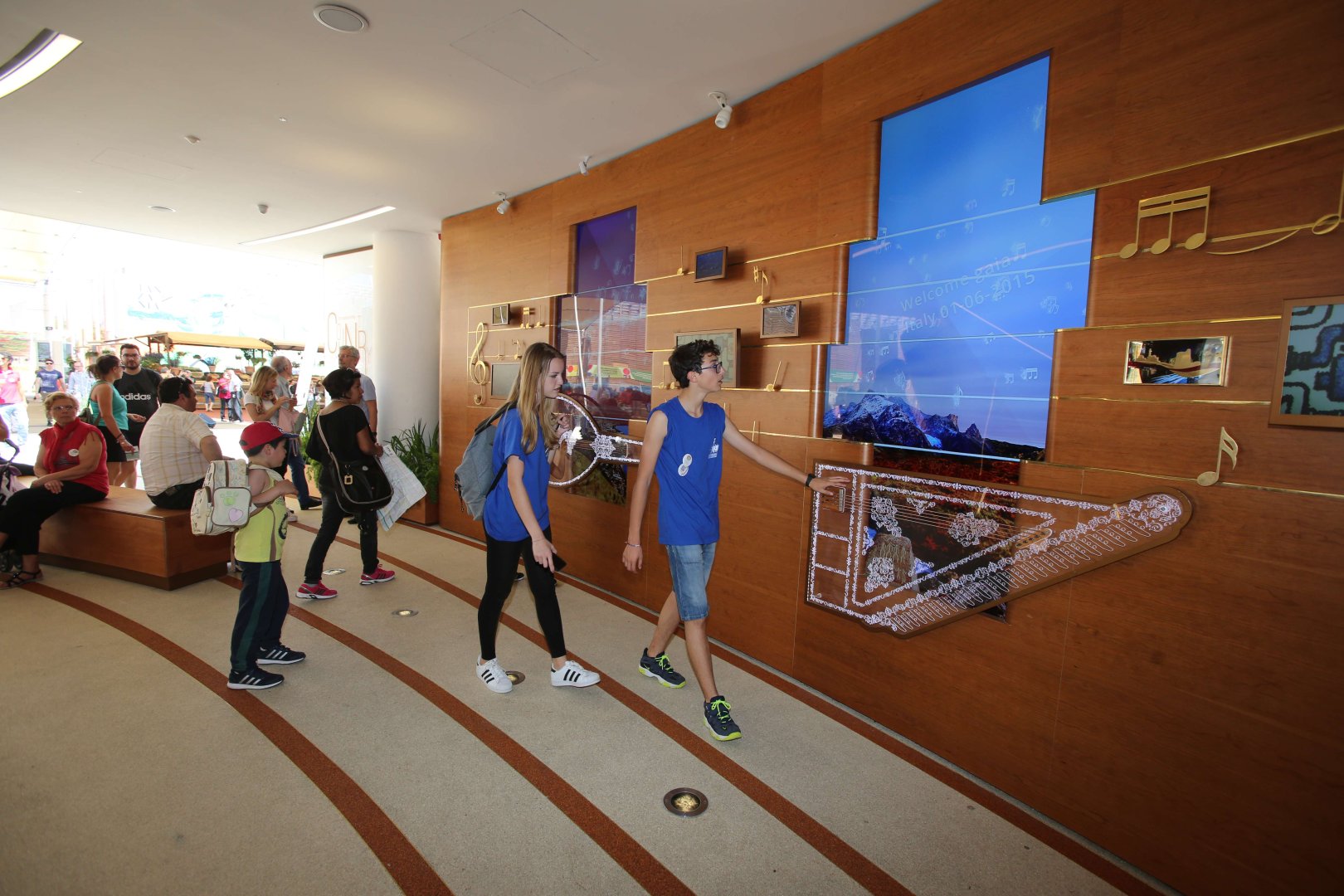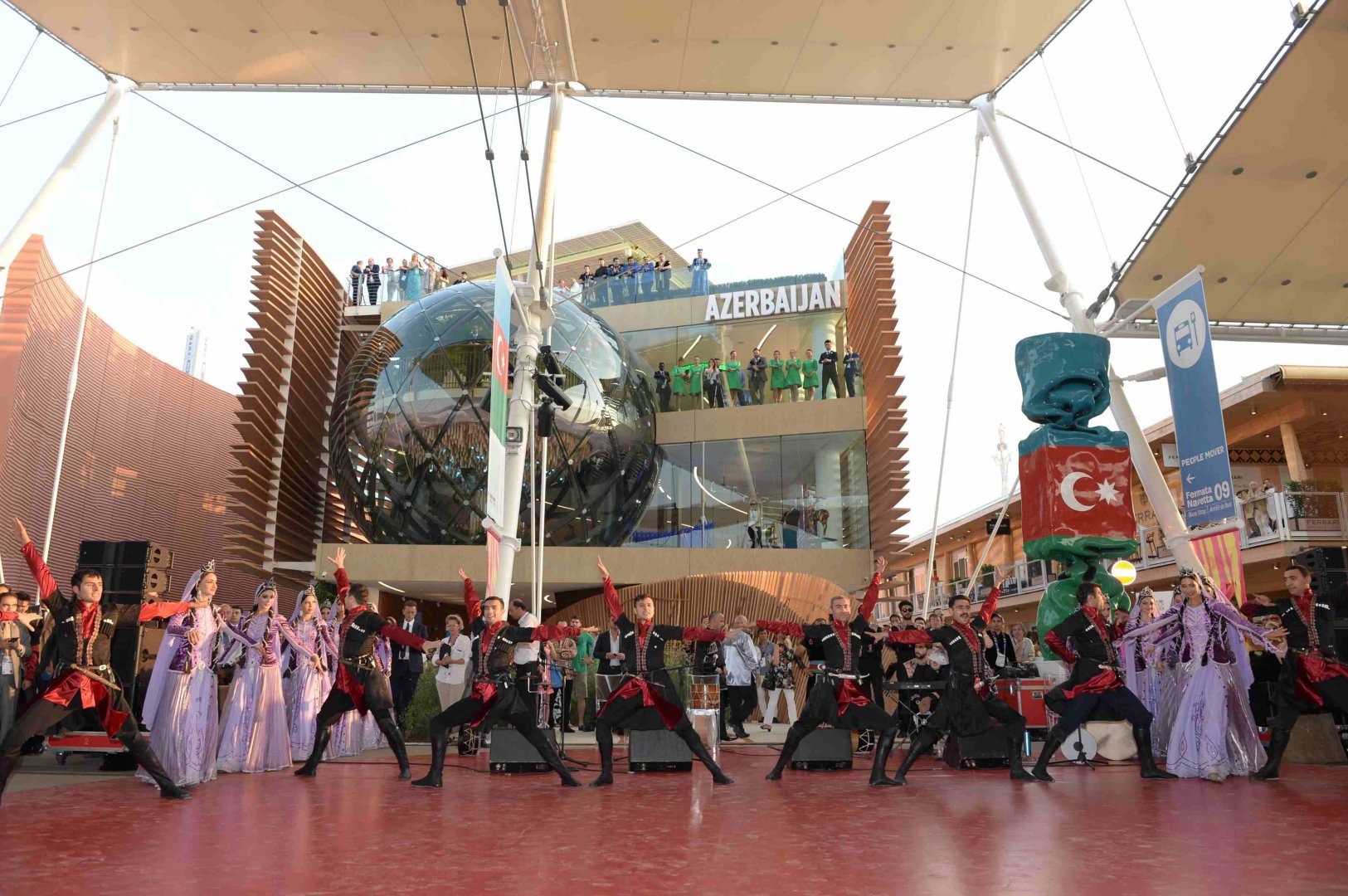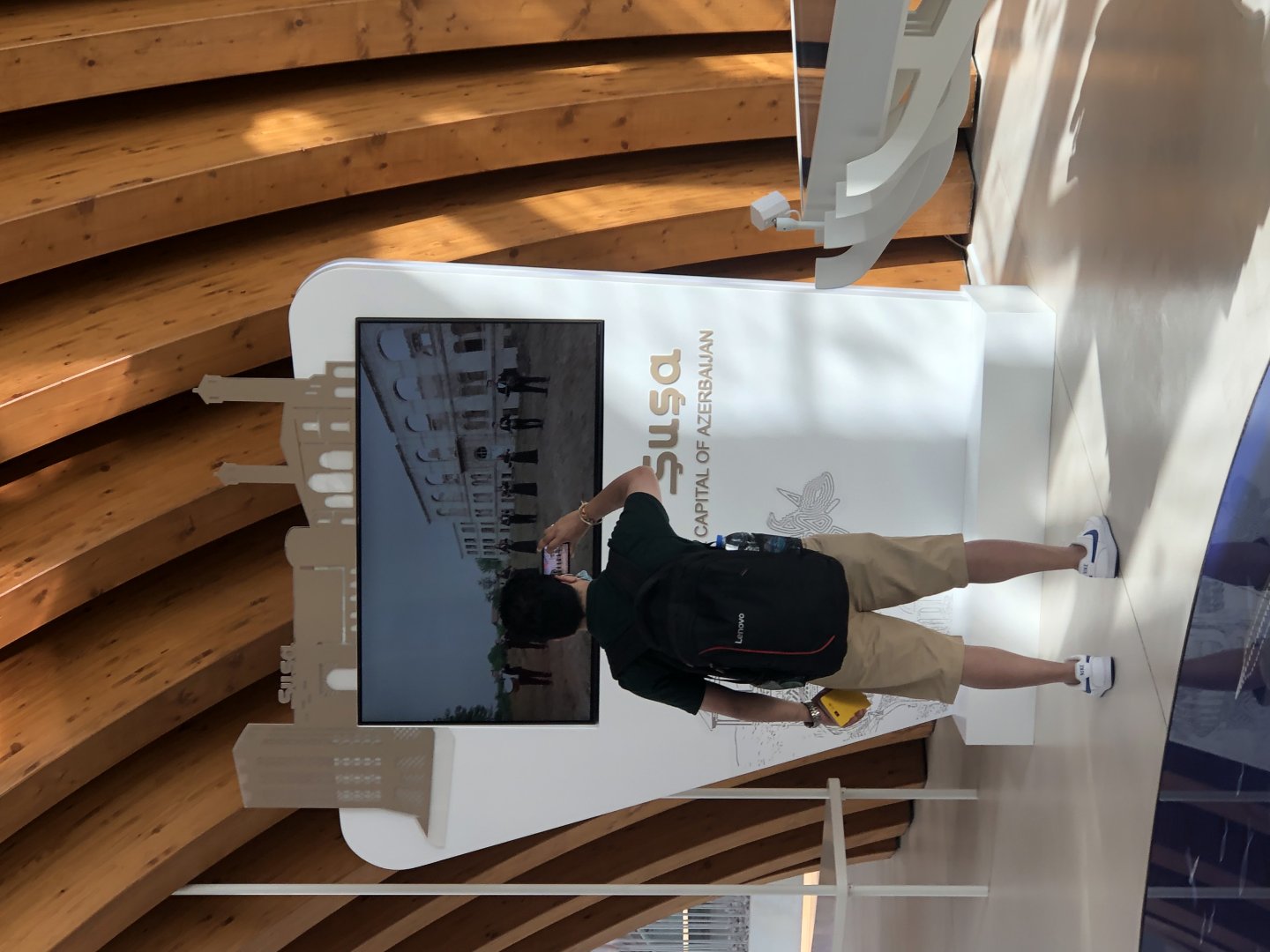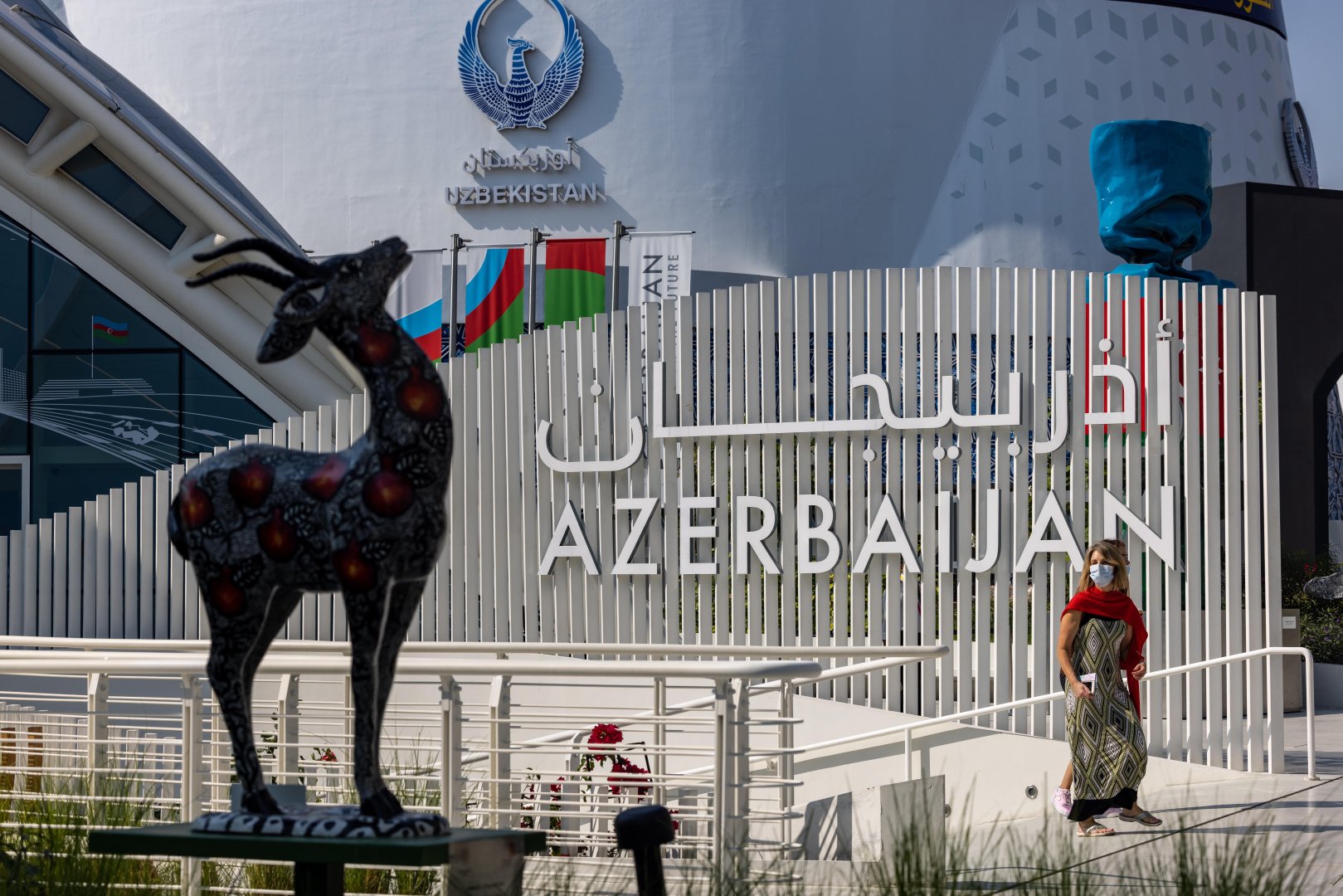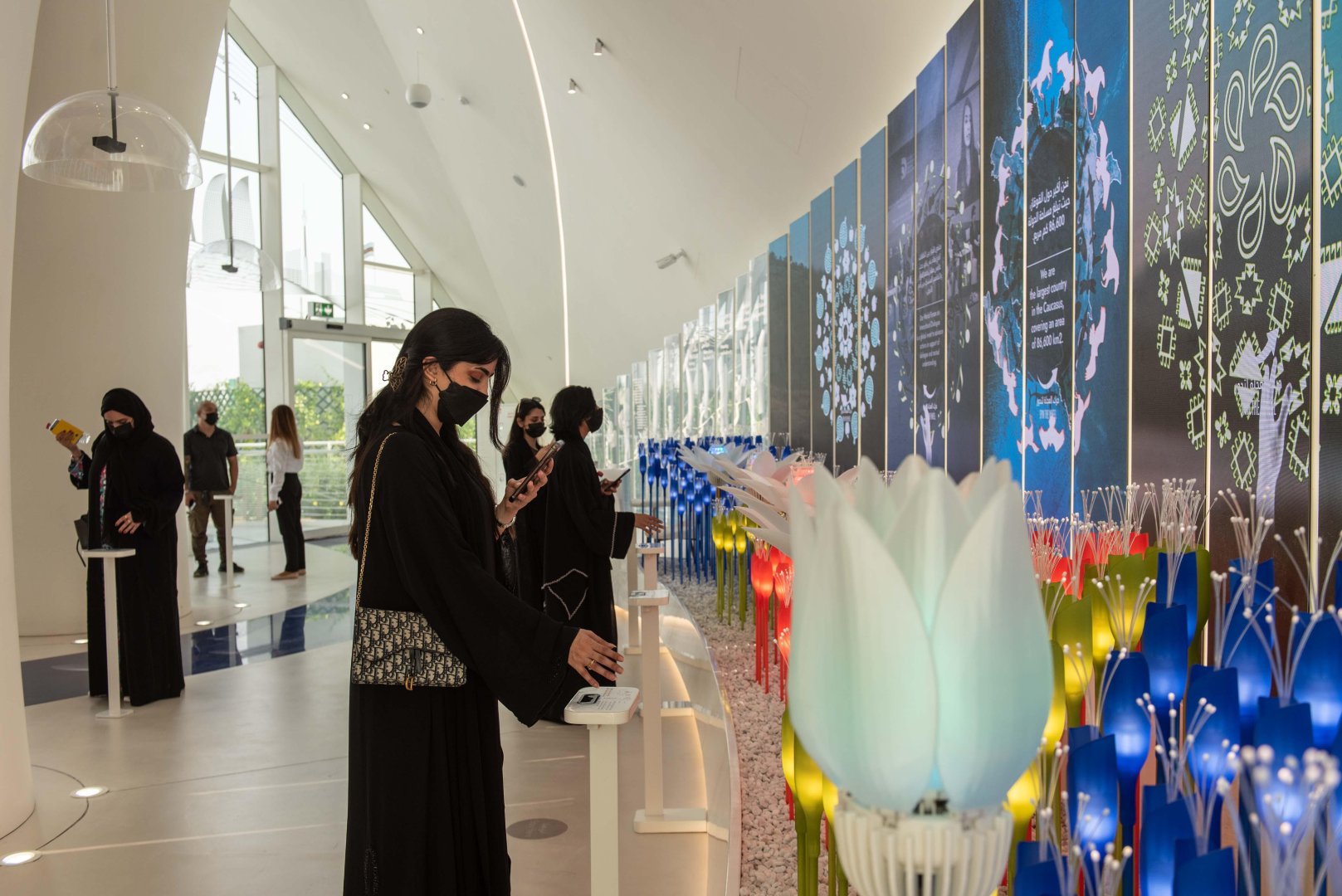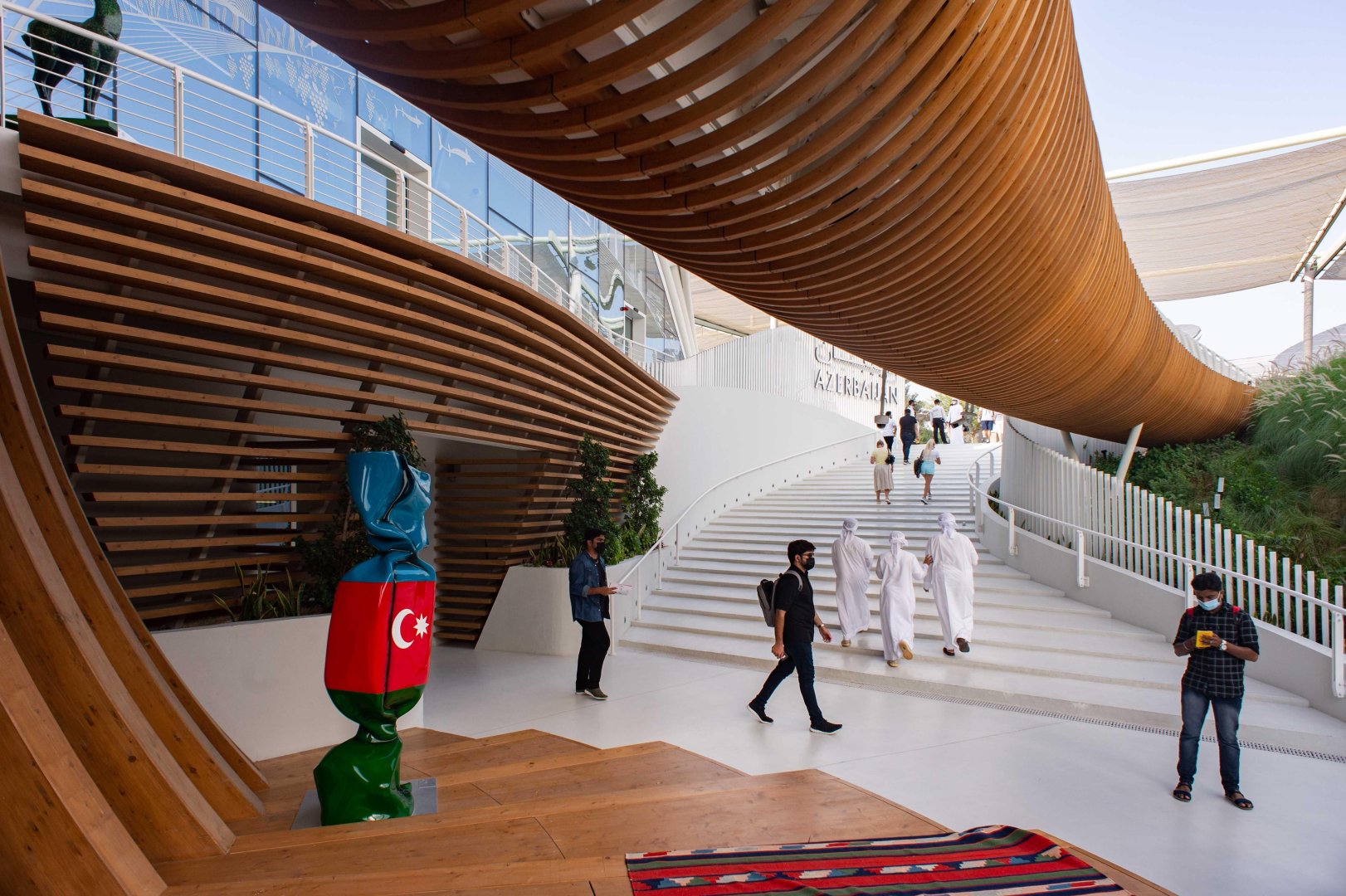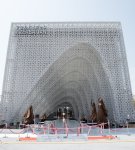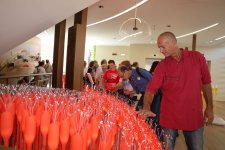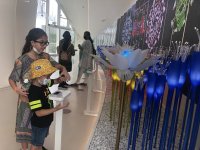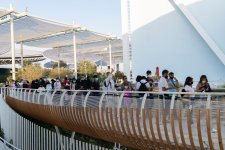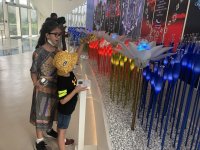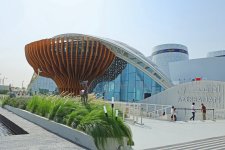BAKU, Azerbaijan, April 22. Over two decades, Azerbaijan's participation in international EXPO exhibitions has evolved into a proud tradition, reflecting the country's transformation - from showcasing its rich cultural heritage to demonstrating sustainable development, innovation, and openness to the world.
Azerbaijan's history at EXPO is not merely about exhibitions and pavilions; it is a story of the evolution of national identity, a commitment to open dialogue, and a sustainable future. It represents the development of a mature model of cultural diplomacy and national image, providing ideological and aesthetic direction on the global stage. From Hannover to Osaka, Azerbaijan confidently demonstrates its ability to integrate traditions, technologies, and strategic thinking into a unified cultural message to the world, creating a powerful tool for international reputation.
What is the core purpose, underlying message, and strategic importance of participating in such large-scale international events?
The World Expo is an international exhibition symbolizing industrialization and an open platform for showcasing technical and technological achievements, the contemporary ecological sphere, and cultural diplomacy. Held in various major cities worldwide since 1831, Expos are presented over six months, attracting a multi-million audience.
Azerbaijan consistently demonstrates an active cultural, ecological, and diplomatic stance at World Expos, transforming national pavilions into not only showcases of the country but also powerful instruments of "soft power." Comparing participation across different Expos reveals how the country's presentation strategy has transformed and the pivotal role played by the Heydar Aliyev Center in this process.
In 2000, Azerbaijan was first represented at the EXPO in Hannover, Germany, which featured 180 countries and attracted 18 million visitors. The exhibition's theme, "Humanity, Nature, and Technology," set the tone for Azerbaijan's pavilion titled "Traditions and Culture." The country emphasized its rich cultural heritage, traditional crafts, and music, thereby asserting its unique history and identity.
In 2005, Azerbaijan continued the theme of nature by participating in the EXPO in Aichi, Japan, under the motto "Wisdom of Nature." The exhibition involved 118 countries and attracted 22 million visitors. Azerbaijan's pavilion, "Harmony of Nature and Culture," highlighted the country's biodiversity and the necessity of its preservation, foreshadowing a deeper ecological approach in subsequent participations.
In 2010, the EXPO in Shanghai, China, carried the theme "Better City, Better Life." Over 190 countries participated, with more than 73 million visitors. Azerbaijan focused on modern urban planning and environmentally sustainable projects. The "Sustainable Urban Development" exhibition showcased achievements in urbanism, architecture, and technological progress, emphasizing the transition from traditions to innovations.
A breakthrough occurred in 2015 at the EXPO in Milan, Italy, under the theme "Feeding the Planet, Energy for Life." Azerbaijan's pavilion, "Azerbaijan: A Treasure Chest of Biodiversity," covering an area of approximately 2,000 square meters, became a true gem of the exhibition, in both literal and figurative senses. This four-story space with three biospheres served as a visual metaphor for the harmony of nature and culture. Each floor revealed different aspects of national identity—from sounds and landscapes to the tastes of traditional cuisine. Notably, the IDEA Biodiversity Park highlighted the country's ecological initiatives. Among the 145 participating countries, only 54, including Azerbaijan, presented their own national pavilions. The Italian government named Azerbaijan's pavilion the "Milan Pearl," which also received an award for eco-friendly design and was recognized as the most beautiful in its category. Over six months, the Milan Expo 2015 was visited by more than 23 million people, with Azerbaijan's pavilion attracting over 3.25 million visitors.
This success is largely attributed to the values promoted by the Heydar Aliyev Foundation, whose aesthetics and philosophy of sustainable development were clearly reflected in the pavilion's concept.
In 2020 (postponed to 2021-2022 due to the coronavirus), the EXPO in Dubai, UAE, was organized under the theme "Connecting Minds, Creating the Future," gathering 193 countries and over 23 million visitors. Azerbaijan once again impressed and emerged as a leader! The pavilion, titled "Seeds of the Future," became one of the most visited, with 2.5 million guests! The theme demonstrated a bold shift from visual exposition to ideological messaging: a sustainable future is possible through the development of human capital and cultural dialogue. Special attention was given to the restoration of liberated territories and the unveiling of national identity through the lens of modernity. The pavilion was recognized as the "Best Medium Pavilion" and the "Best Thematic Pavilion" by the global publication Exhibitor. Presentations, concerts, exhibitions, and business meetings transformed the pavilion into not only a cultural but also a business center. The Heydar Aliyev Center once again played a significant role in the global project, ensuring visual continuity and imparting philosophical depth to the initiative.
This year, Azerbaijan continued the theme of nature by participating in the EXPO in Osaka, Japan, held under the theme "Designing Future Society for Our Lives," with 165 countries participating and an expected 28 million visitors. The pavilion is presented under the concept "Seven Bridges of Sustainability." This idea is inspired by the poem "Seven Beauties" by Nizami Ganjavi and connects cultural heritage, sustainability principles, and innovative solutions. The bridges symbolize open dialogue, diversity, trust, creativity, technology, sustainability, and inclusivity. The exhibition opened recently on April 17, but Azerbaijan's pavilion immediately attracted significant interest from visitors. Moreover, according to Architecture & Design magazine, Azerbaijan's pavilion entered the TOP-10 most beautiful pavilions of the exhibition. The pavilion's concept is inspired by the poem "Seven Beauties" of the great Azerbaijani poet and thinker Nizami Ganjavi.
Azerbaijan's participation in EXPO 2025 in Osaka marks a new chapter in the nation’s cultural diplomacy. In this endeavor, the Heydar Aliyev Center serves as the chief curator of the pavilion’s concept and execution, while also acting as the strategic coordinator of all associated cultural programs.
This engagement goes beyond the continuation of Azerbaijan’s successful tradition of bridging culture and progress—it is a powerful contribution to shaping the international perception of the country as a land of ideas, heritage, and forward-looking vision.
Stay up-to-date with more news on Trend News Agency's WhatsApp channel

